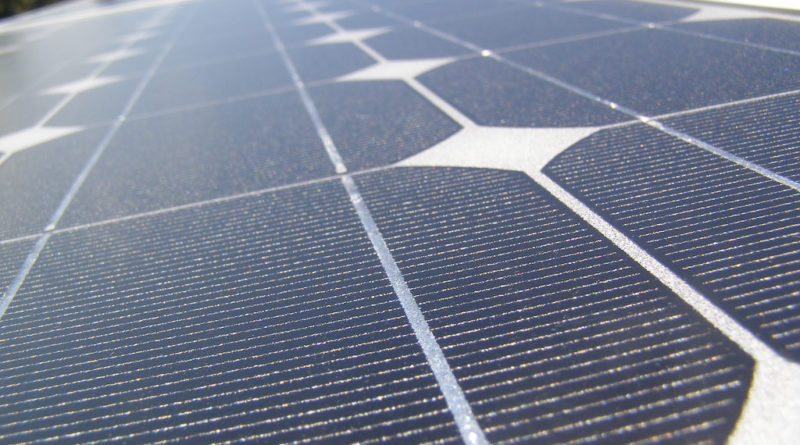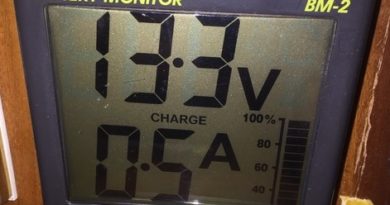Solar panels for boats
Solar panels for boats are far less complicated than you might think. With the mass production of high quality flexible solar panels bringing the price down, this is becoming the go to solution for many sailors.
Solar panels for boats
![]() Solar power has evolved over the years from a highly technical and fringe technology into a power solution available to the masses. The cost of solar panels has come down dramatically over the years and the advent of MPPT charge controllers means we can get a lot more charge from our panels.
Solar power has evolved over the years from a highly technical and fringe technology into a power solution available to the masses. The cost of solar panels has come down dramatically over the years and the advent of MPPT charge controllers means we can get a lot more charge from our panels.
Solar panels come in three basic flavours: Monocrystalline, Polycrystalline and Amorphous silicon cells. Although the differences between the three make for an interesting read if you’re into the science of it, that is better served for another article. Wikipedia has a well maintained page for the keen science buffs. Suffice to say a decent Monocrystalline panel with a good quality MPPT charge controller will satisfy the vast majority of sailors and their wallets.
The next key differentiation is rigid vs flexible panels. Traditionally rigid panels have been the cheaper option and slightly more efficient for size. In recent years, however, this cost gap has narrowed considerably and high quality flexible solar panels can be bought for around a third of the price they were going for a few years ago, making them a far more convenient option than before.
Which type of solar panel is right for my boat
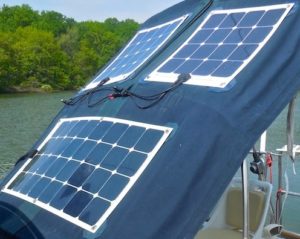
Deciding between hard of flexible solar panels for your boat will depend on where you plan to mount your panels.
- Rigid solar panels are suitable for mounting on hard stainless mounts such as an arch or push pit. Consequently the installation will be more solid and the panels can be mounted on a hinge allowing them to be angled to the sun.
- Flexible panels are best mounted on soft bimini or spray-hood covers or hard deck tops where they have the added advantage of being able to take a bit of walking on. Keep in mind, we’re talking a light tread with bare feet or soft deck shoes and care should always be taken. Flexible panels can also be soft mounted with stretch ties or fabric slots allowing them to be removable in advance of a storm or stored away out of season which will extend their lifespan.
How many solar panels do I need?
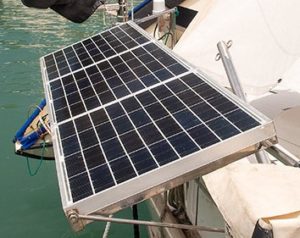
Generally this comes down to the habits of the captain and crew in terms of power consumption. If you have a fridge, you’re looking at around 50 AH’s over a day. Charging laptops or running appliances using an inverter will also increase your consumption. On the other hand, fitting more efficient lighting solutions on your boat such as LED lights will reduce your power consumption.
There are sailing couples who get by on a single 100 watt solar panel, however this requires a fairly minimalist approach to power consumption and will inevitably result in charging from the engine for all but the most frugal sailors.
Around 300 watts worth of solar provides a decent charge over the summer months to allow for a fridge, instruments and the charging of laptops and phones, on an average 12m cruising yacht and with fairly efficient equipment. If however you have 5 sailors all charging their laptops, flushing the electric head and running a freezer in addition to a fridge, you may want to upscale.
Where should I mount my solar panels?
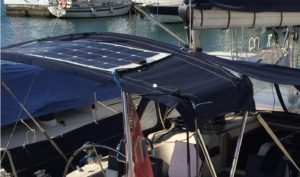
Ideally you want to mount your panels as close to 90 degrees to the sun as possible without positioning them in a shaded area. Solar panels lose efficiency quickly when in the shade, a boom shading just 10% of a panel can reduce it’s output dramatically. For this reason placing your panels on deck under the boom is not always the best position.
The ideal position is up on a Bimini or arch above the cockpit or out on the fore deck with plenty of direct sunlight. A neat trick for mounting rigid panels is to attach them on the side of the boat pushpit or railing allowing them to be angled to the sun depending on its position. Soft panels can easily be strapped to a fabric bimini without too much mechanical engineering for quick easy mount and removal when needed.
Which charge controller should I use and what does MPPT mean?
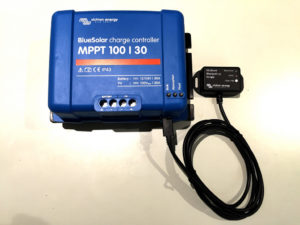
In essence solar panels are not terribly smart and they are designed to deliver around 16 to 18 volts. A standard charge controller will fairly inefficiently convert this to around 13.2 to 14.4 volts to charge up your batteries. During this process around 30% of the power is lost.
An MPPT Charger (Maximum Power Point Tracking) smartly manages this extra power that is normally lost and converts it into usable charging power for the batteries.
MPPT Smart Chargers do cost a little more however the value of an MPPT charger far outweighs the added cost in terms of efficiency gains. If you have a bank of 3 x 100 watt panels, you’re looking at gaining close to the output of another 100 watt panel, just by using a more efficient charge controller.
How do I go about installing my solar panels?
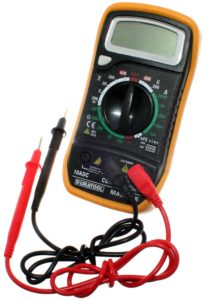
As far as hardware goes you will need the basic suite of tools that no cruising boat should be without: snips, wire stripper, crimper, drill, screw drivers and a handy pair of hands. A simple multi-meter for measuring voltage would also be very useful. Rigging up rigid panels can be a little more tricky as some stainless pieces may be required. However most of what you need can usually be found at your local hardware store or chandlers. Just bear in mind you want to make use of high quality stainless parts and not the cheapest shiny bits from the bargain bucket, as salty sea-spray takes its toll fast on metals not designed for marine work.
You’ll need to use good quality 4mm cross section cable to connect up your system and MC4 connectors which seal up your connections to be waterproof and UV resistant. Check out out Cables and connectors page for more details on what you’ll need for this.
A detailed installation-guide is for another article, however to sum up: installing solar panels on a cruising boat is well within the range of the average sailor. Doing this yourself could save you a lot of money and will also ensure that you are well equipped to trouble shoot any issues that come up en route when cruising as you will be intimately familiar with your setup.

